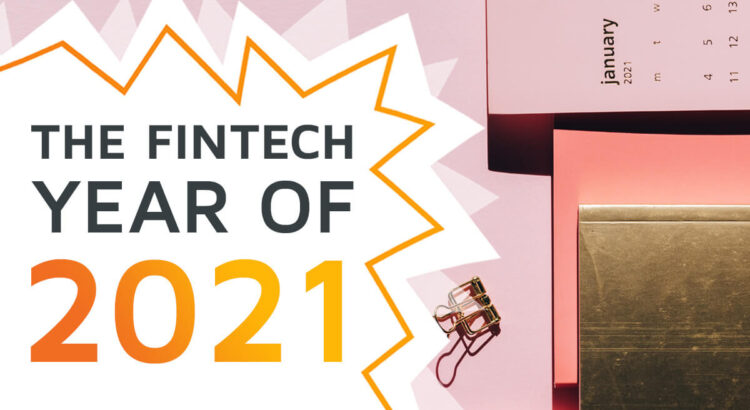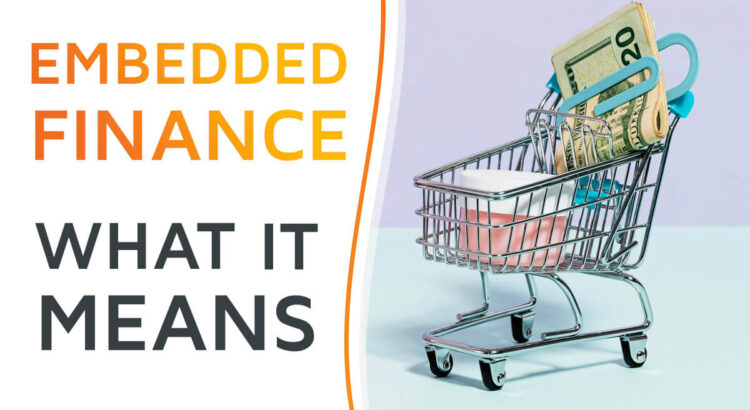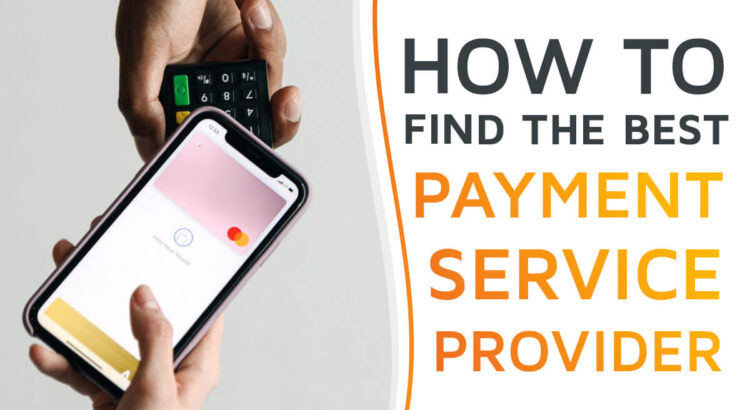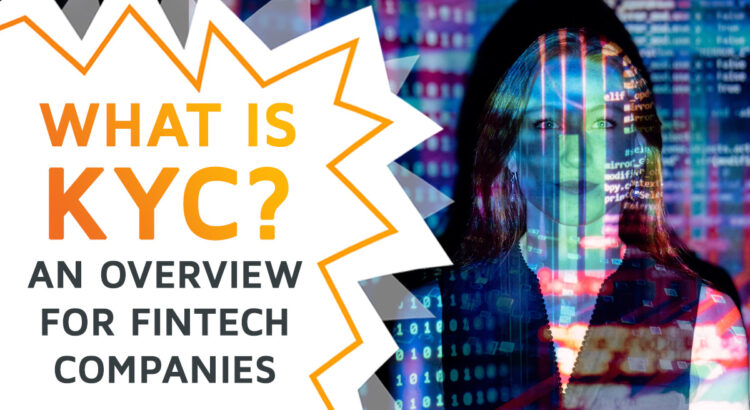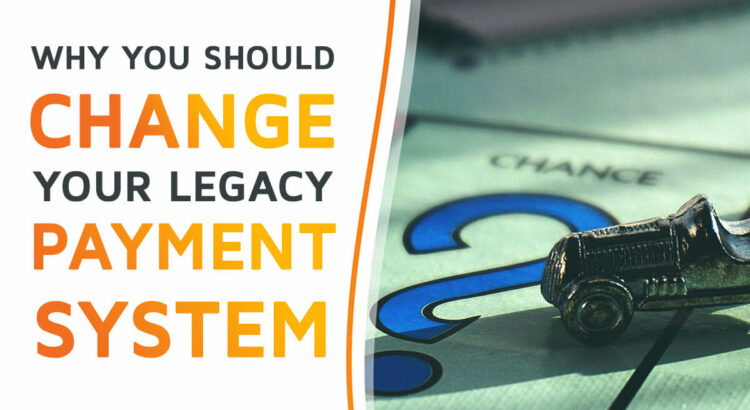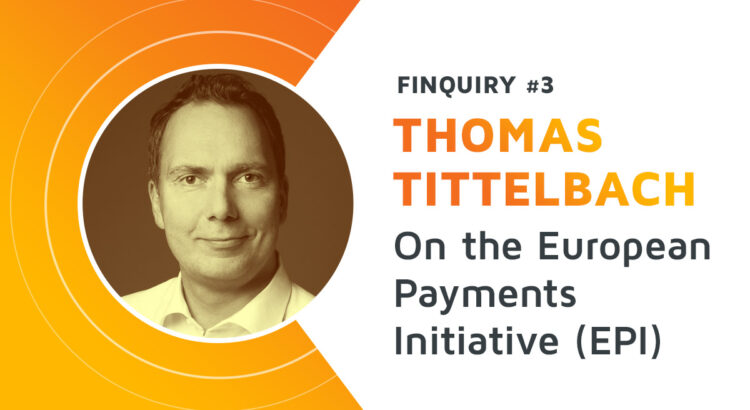Over the last decades, online commerce has become increasingly data-driven. Companies monitor search engine metrics, measure user behavior on their pages or ask customers for their feedback in digital forms.
One branch of data evaluation for e-commerce and service platforms, that promises valuable insights, is Payment Analytics. But it’s also a challenge to set up a functioning environment and make sense of one’s findings.
In our fintech interview series “Finquiry”, payment expert Moritz Königsbüscher addresses the topic and shares best practices.
Our Guest: Moritz Königsbüscher, Freelance Payment Consultant
Moritz Königsbüscher has examined payments from almost all angles. He worked in payments and product management roles in companies both on the payment service provider side and the merchant side (e.g. Arvato, Xing, SoundCloud, RiskIdent). Working as a freelance payments consultant for banks, startups and corporations of varied industries, Moritz recently launched the PreAuth Academy, a service specializing in online payments training.
Read More

